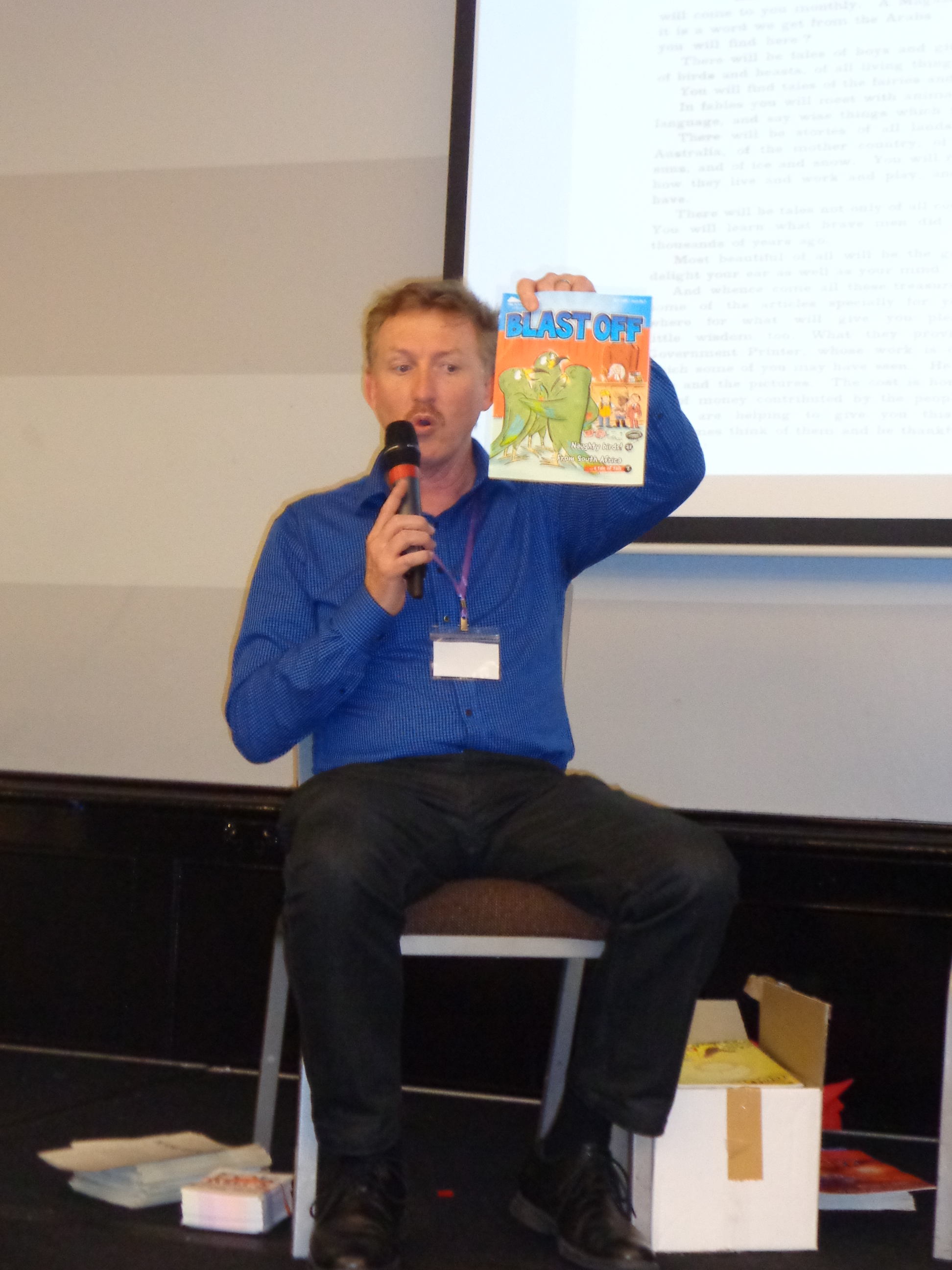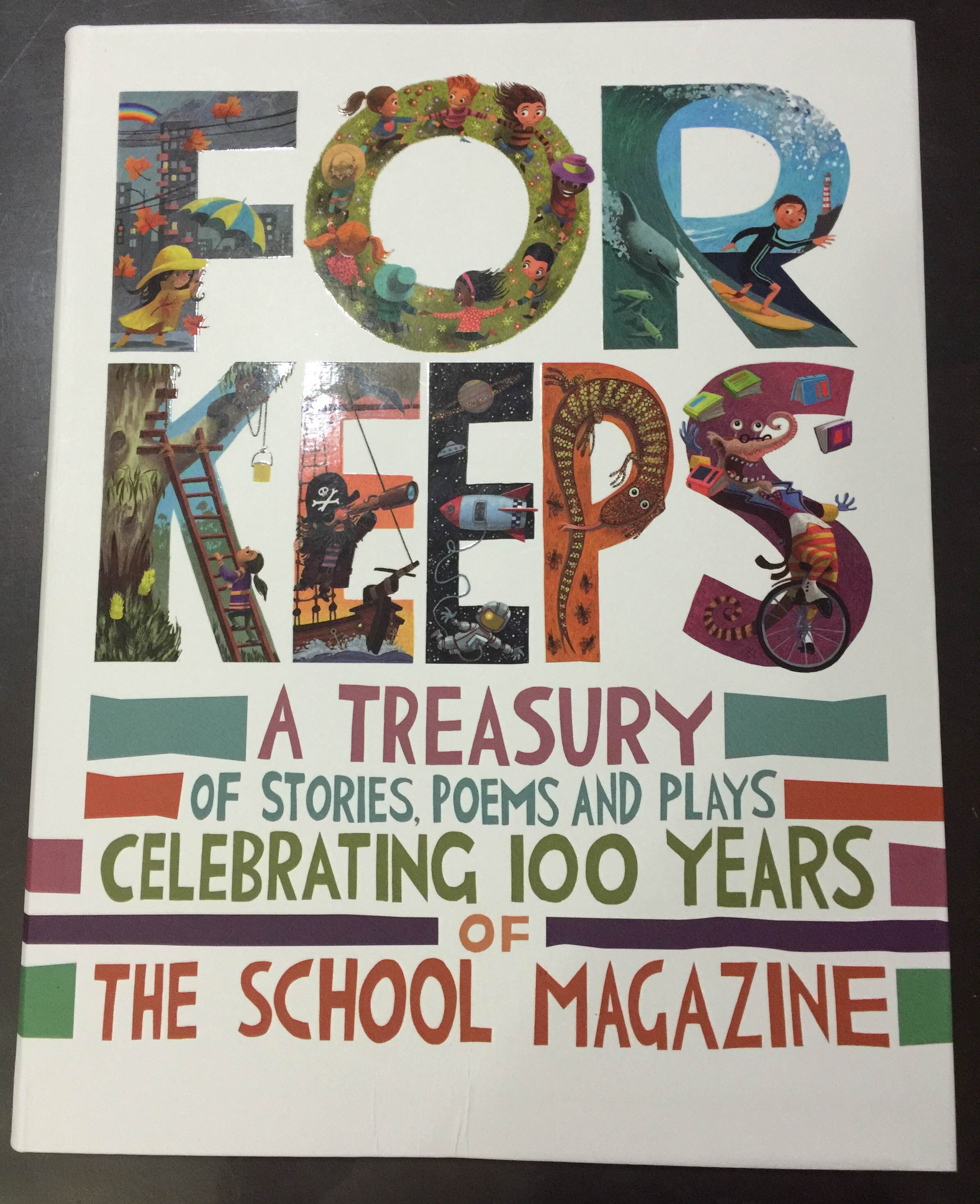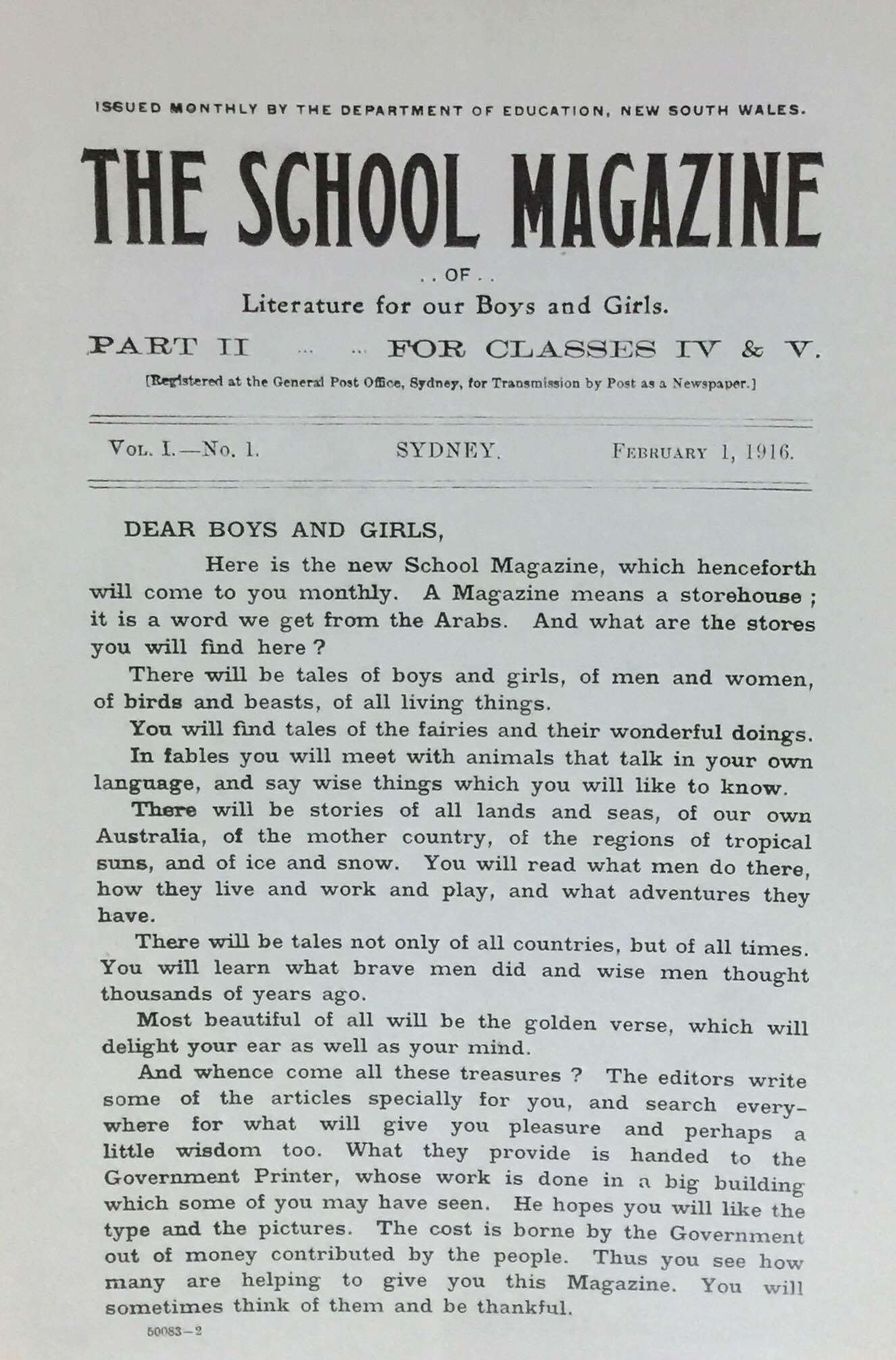Frances Plumpton in conversation with Susanne Gervay
Held over four days in the European spring, the Bologna Book Fair is a working trade fair in Italy especially for children’s literature. Literary agent and head of SCBWI in New Zealand, Frances Plumpton represented Australia and New Zealand at the Book Fair.
Some points Frances made:
- SCBWI International only has a booth at the Fair every two years so it’s best to attend in those years otherwise it can be a lonely time.
- SCBWI members from across the globe are welcome to meet others here and use it as a place ‘of refuge’ in the massive area.
- The next SCBWI-attended one will be in 2018.
- In 2016, there were over 1200 exhibitors. 98 countries and 55 languages were represented in the books and illustrations. 131 literary agents attended and so did 25,000 attendees.
- IBBY also has a booth there.
Presenting at Bologna:
You can showcase your own book, but this year Frances represented our regional showcase which allowed people to browse through the books she’d brought. They included books from our two countries.
Some illustrators are able to get critiques with top illustrators and art directors. You can also sit at the SCBWI booth’s table and illustrate for the public as they walk past. The booth has a digital display as well. Frances also reminded authors they need to know if they have translation rights when presenting their books.
Illustrators have the chance to pin up an example of their art with business card on The Art Wall – a magnificent sight apparently.
Frances thought authors might have better chances to present their work at the smaller publishers’ booths. Certainly worth having conversations with them.
Anyone can buy the books at the end of the Fair, and most of the books are donated to the International Youth Library in Munich. Fellowships and grants are available here which may be worth checking out. http://www.scholarshipportal.com/students/browse/scholarship/1017/international-youth-library-munich-fellowship-programme.html
Frances also offered some great advice if you visit the Book Fair – don’t book your stay in the cheaper accommodation near the Fair site as it’s too far out of town in an industrial area. Best to be in the city itself – the connecting public transport is excellent.
There is so much to see in Bologna besides the Book Fair!
Jackie French and Gregg Dreise among those at this year's Bologna Book Fair
SCBWI creator and conference delegate, Peter Taylor then responded to Susanne’s quest for questions:
'Time was tight and when Susanne asked for ‘one last very quick question’, and instead I took the microphone and gave a short account of my Bologna experience in 2010. That was obviously unplanned and I would have liked to have prepared and said more.
While gatekeepers kept me out of the stands of Usborne and Walker Books, for example, when I arrived well-dressed between other publishers’ appointments, their personnel asked who I was and what I was looking at, wondering if I was their next appointee. I said ‘I am an author looking to see if you have any books likely to compete with my new one....’ (they were all curious to find out if mine would compete with a book of theirs, and were eager to chat) ‘…and I’m also looking to see if you have any gaps in your list that I may be able to fill.’
Publishers often do want a book on a specific subject, but don’t advertise the fact.
I studied a wide range of papercrafts at art colleges and in the past I’ve also been a biologist, school teacher, museum curator and natural history freak.
My book at that time was Practical Calligraphy, pub. Hinkler Books, and a Canadian publisher at Bologna also had a new calligraphy book on their stand. They said ‘…but we didn’t really want a calligraphy book. What we actually wanted a book on drawing borders, but we didn’t find anyone to write it.’ What an opportunity! I can send a proposal and sample chapter on a creating border designs…
Trying the same lines at the London Book Fair, I suggested to one publisher, GMC Publications, that I could write a ‘Fun Lettering for Children’ book for them, but they said ‘What we’d really like is a book for adults on Calligraphy for Greetings Cards and Scrapbooking’ – which I created over two years and didn’t follow up on other leads.
At Bologna and the LBF, I also found publishers wanting books written on papermaking, recipes that children can cook, the sea shore, baby elephants, fungi, kangaroos, small furry animals, and more. I wonder if any of the publishers still want a book on any of these topics – I’ve kept their business cards…
But just knowing that a publisher wants a book on fungi may not be enough to write a successful proposal and sample chapters. Attending Bologna is useful to see the overseas publisher’s ‘house style’, especially in a series, and their books may never appear on a bookstore or library shelf for consultation in Australia.'
SCBWI at the Bologna Book Fair 2016 (essential reading) http://bologna.scbwi.org/scbwi-bologna-book-fair-2016/the-wrap/
Australia/New Zealand at the Bologna Book Fair: http://www.scbwiaustralianz.com/our-blog/2016/1/28/scbwi-stand-at-the-bologna-book-fair-april-4-7-2016
THE BOLOGNA BOOK FAIR 2017… http://www.bookfair.bolognafiere.it/en/home/878.html
Thank you, Frances and Susanne for this very interesting session. It certainly whetted my appetite to attend the Fair one day.
Sheryl Gwyther Roving Reporter
#SCBWISyd














